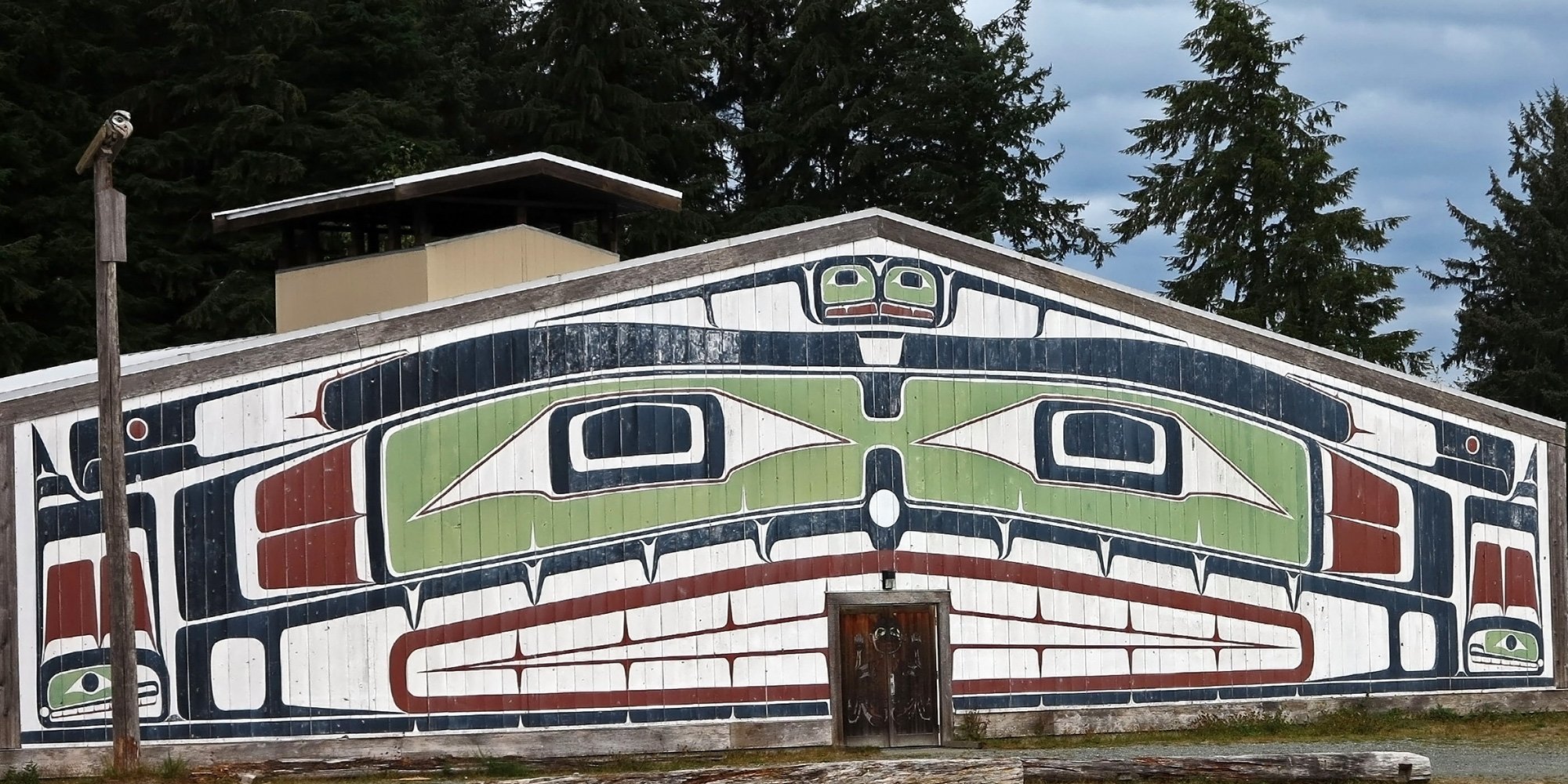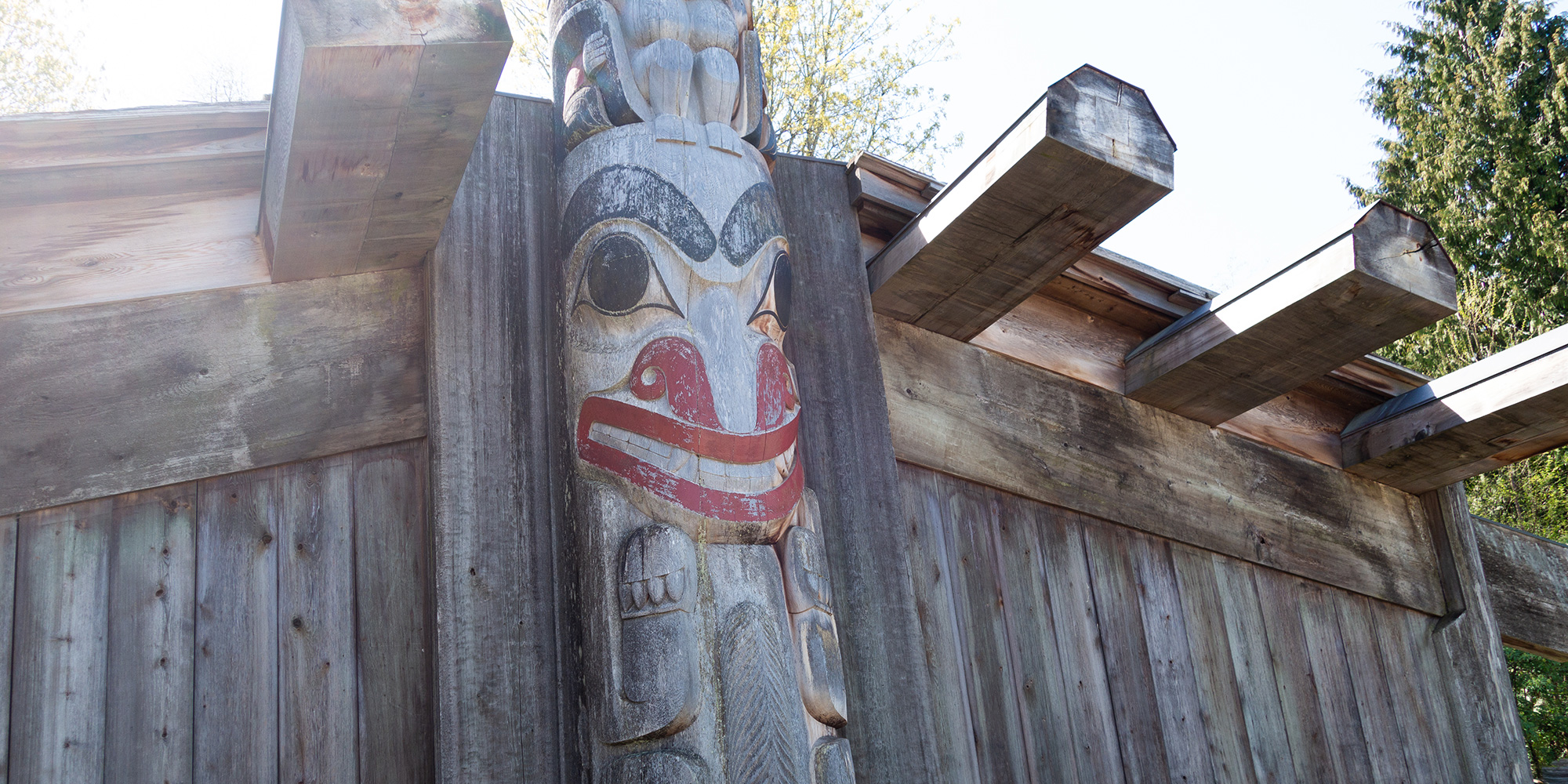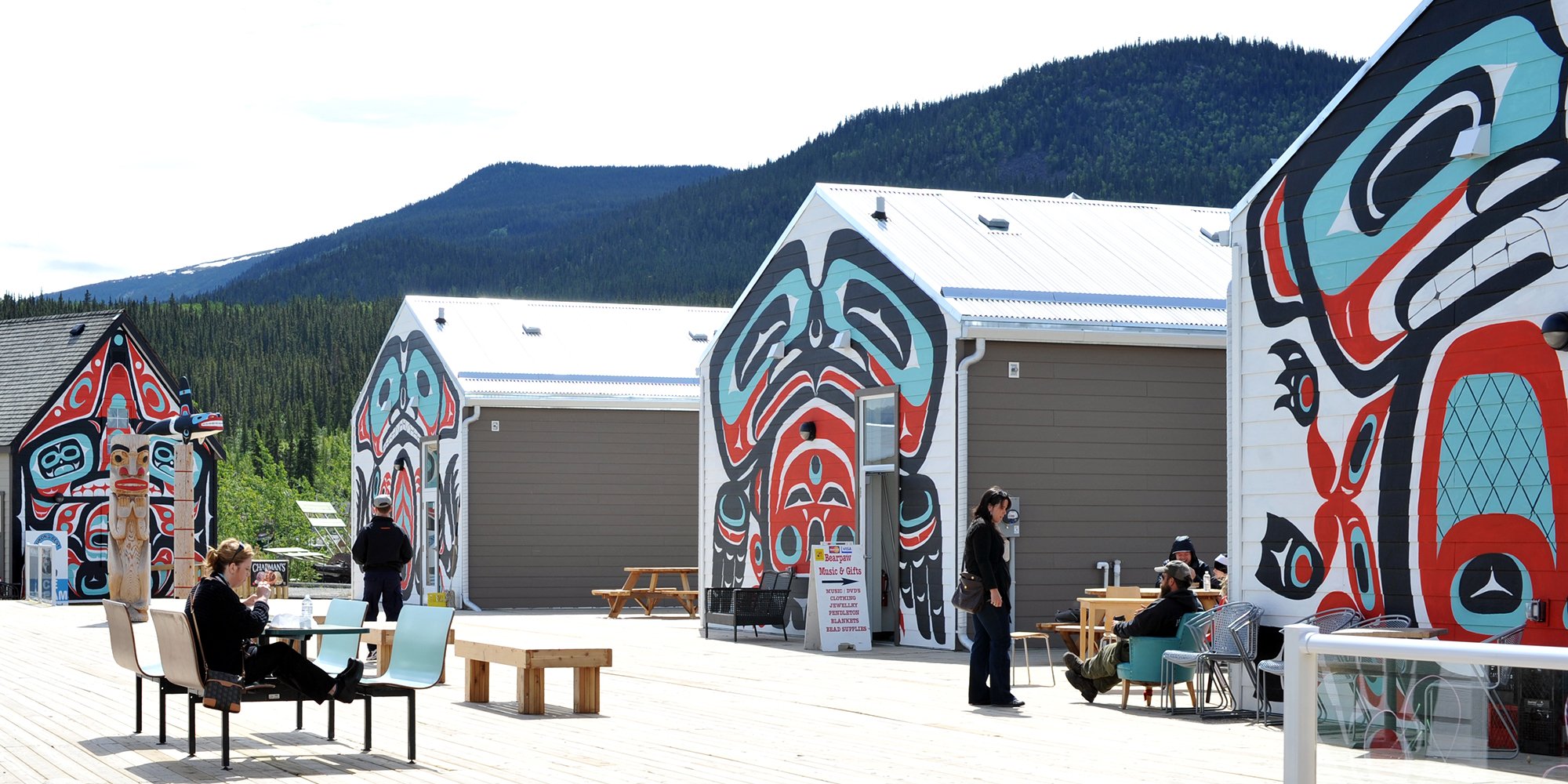Indigenous Self-Government Clarification
“Indigenous self-government” is a term that carries some misunderstanding. And as we’re likely to be hearing about it more frequently as Indigenous...

Perhaps a more accurate question would be, “Why do Indigenous Peoples want self-government back?” Long before European contact, Indigenous Peoples had their own established political systems and institutions – they were self-governing. And Indigenous Peoples have been trying to regain the right to govern themselves and preserve their cultural identities since the British North America Act in 1867. Now known as the Constitution Act 1982, it gave the federal government the authority to make laws about “Indians and lands reserved for the Indians” [1] – or, in other words, apply Euro-Canadian ideals, policies and laws on Indigenous societies. In 1887, Nisga’a and Tsimshian chiefs journeyed to Victoria to request treaties and self-government – it would not be until 2000 that the Nisga’a Treaty was signed.
For Indigenous Peoples, the return to self-government is considered foundational to nation-building. Agreements are critical to communities that want to contribute to and participate in the decisions that affect their lives. To learn more about the history of Indigenous self-government, both then and now, we highly recommend our Working Effectively with Indigenous Peoples® training.
Generally speaking, a return to self-government shapes social and economic well-being and can include provisions for:
Self-government is often referred to as an “inherent” right, pre-existing in Indigenous occupation and government of the land prior to European settlement. Some Indigenous people balk at the concept of Canadian governments granting them self-government because they believe the Creator gave them the responsibilities of self-government and that right has never been surrendered – it was simply taken by government legislation. In this light, self-government does not have to be recognized by federal or provincial governments because the right continues to exist.
In August 1995, the Government of Canada formally recognized the inherent right of self-government for Indigenous Peoples by releasing its Federal Policy Guide: Aboriginal Self-Government – The Government of Canada’s Approach to Implementation of the Inherent Right and the Negotiation of Aboriginal Self-Government (shorthand title is the “Policy Guide”), which provides, in part:
The Government of Canada recognizes the inherent right of self-government as an existing Aboriginal right under section 35 of the Constitution Act, 1982. It recognizes, as well, that the inherent right may find expression in treaties, and in the context of the Crown’s relationship with treaty First Nations. Recognition of the inherent right is based on the view that the Aboriginal Peoples of Canada have the right to govern themselves in relation to matters that are internal to their communities, integral to their unique cultures, identities, traditions, languages and institutions, and with respect to their special relationship to their land and their resource [2] (emphasis added)
Attaining a self-government agreement is not readily done, as the Nisga’a can attest. There is no "one-size-fits-all" template. There was an attempt in the 41st Parliament session (June 2011 – September 2013) to introduce a First Nations Self-Government Recognition Act (Bill S-212), but it died on the vine.
While self-government is not a quick fix for the deeply rooted social, health and economic issues that plague Indigenous communities, it is a step towards empowering communities to rebuild and heal from the historical assimilation policies and intergenerational effects of residential schools.
You may notice that we use Indigenous, Aboriginal and First Nations in this article. Terminology relating to Indigenous Peoples is evolving. For clarity on the different terms used and why, please consider downloading our free ebook, Indigenous Peoples: A Guide to Terminology.
This post was updated in February 2025.
[1] Section 91(24) The British North America Act
[2] Federal Policy Guide: Aboriginal Self-Government – The Government of Canada’s Approach to Implementation of the Inherent Right and the Negotiation of Aboriginal Self-Government
Featured photo: 'Namgis Traditional Big House, Alert Bay, BC. Photo: David Abercombie, Flickr

“Indigenous self-government” is a term that carries some misunderstanding. And as we’re likely to be hearing about it more frequently as Indigenous...

In recent decades, there has been significant pressure to address historical Indian Act issues. That pressure has been imposed by the combination of...

Why does Indigenous self-government matter? It matters because it is one of the key building blocks for strengthening and supporting Indigenous...